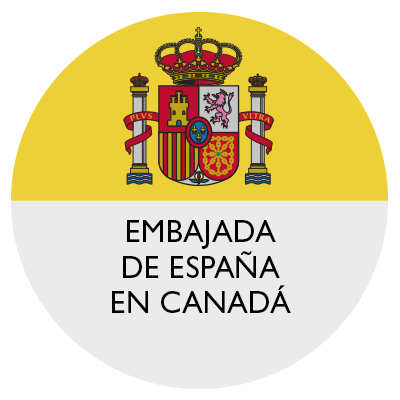Communist Party Warning About False Flag Guerrillas
Creator: Partido Comunista de España
Source:
Archivo Histórico del Partido Comunista
Date Created: 1948
Extent: 1 item
This document is a warning from the Communist party of Spain about the existence of false guerrilla units. The deployment of these contrapartidas comprising between six and ten policemen dressed in the type of clothing usually worn by guerrilla fighters, was a tactic used by the Civil Guard in its fight against the partisans. Some of these fake units were made up of former guerrillas who had changed sides.
The contrapartida tactic was first employed during the Civil War, but it was not used extensively until the 1940s. For example, in October 1938, Republican guerrillas belonging to the 165th Division realized that Civil Guards and Falangists around de Valle de la Serena (Badajoz) were dressing as farmers. Contrapartidas were used in Huelva starting in 1937. The one commanded by Civil Guard Captain José Robles Alés was particularly notable. He employed the classic false flag strategy, ordering Civil Guards disguised as partisans to commit criminal acts that were blamed on the Republican resistance, which was then discredited among local people.
After he became Director General of the Civil Guard in 1943, Camilo Alonso Vega expanded the use of such units by increasing the pay their members received. This led many Civil Guards who wanted to improve their economic situation to volunteer for the contrapartidas, even though these were the units most likely to apply the “ley de fugas” – shooting people who were supposedly trying to escape – and to torture prisoners.
The brutality of the contrapartidas caused discomfort and provoked complaints from their comrades. One retired Civil Guard recalled:” I remember that once the members of the Contrapartidas, who were not very sound of mind, thought they could do whatever they wanted. The contrapartidas were made up of volunteers. They were quite special people. They had not heart. They had lost their souls. They walked a different path from ours”.
In the climate of terror and confusion in the Spanish countryside during the postwar years, rural people had to learn to distinguish real guerrillas from disguised Civil Guards and identify them by the way they smelled ot what they ate and how they dressed. One peasant from Toledo recalled how he determined the real identity of people claiming to be guerrillas: “I gave them food. If they were starving, they were guerrillas; if they ate moderately, they were Civil Guards”.
AFP







